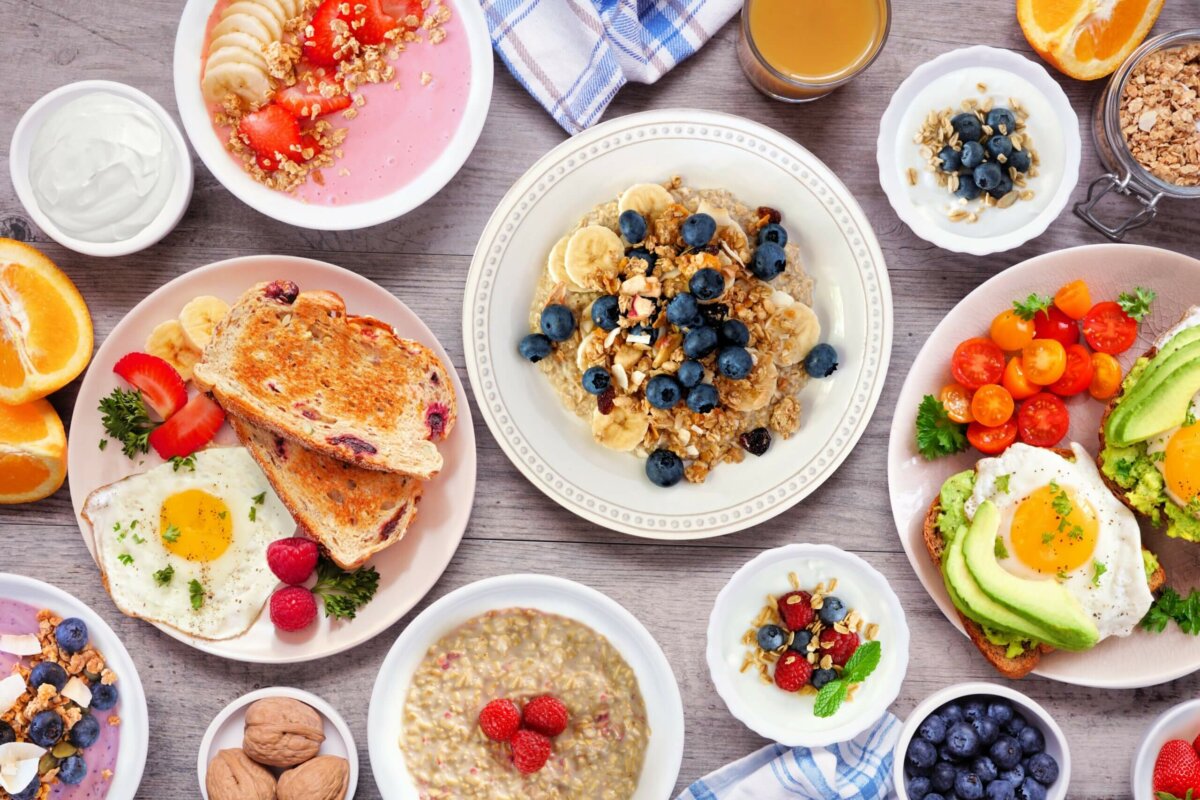
For people who are eating poorly, every bite counts, so it is important to pack each bite with as many nutrients as possible. Enhancing a patients’ favorite foods with extra calories and protein and offering them at a time they prefer can be a practical and effective way to boost the nutritional content of meals and snacks
There are many calorie/protein boosters that can power pack each bite. By adding nutrient-dense ingredients such as nut butter, cheese, whole milk, or yogurt to your patients’ favorite dishes, calorie and protein content can be increased without significantly altering taste or texture. For example, incorporating nut butter or protein powder into oatmeal, yogurt smoothies using whole milk instead of low fat milk, or adding cheese, hummus, mayonnaise or butter to sandwiches are simple yet effective ways to pack more essential nutrients into each bite. These modifications also help to increase the satiety and enjoyment of meals, making them more satisfying and appealing. Customizing their meals in this way, we can address individual dietary needs or preferences while ensuring patients receive the necessary nutrients to support their overall health and well-being. See our sample meal plan using calorie boosters for more ideas.
| Food/Beverage Item | Calorie Booster | Protein Booster | Calorie & Protein Booster |
| Commercially-prepared oral/nutritional supplements | ✅ | ✅ | ✅ |
| High protein foods such as cheese, Greek yogurt, yogurt, kefir, cottage cheese, etc. |
✅ | ✅ | ✅ |
| High protein and fat foods such as whole milk, milkshakes (like Hormel Vital Cuisine® 500 Shakes), egg salad, chicken or tuna salad, nut butters, hummus, etc. |
✅ | ✅ | ✅ |
| High fat and sugar foods such as ice cream (including Magic Cup® Frozen Desserts), doughnuts, etc.* |
✅ | ||
| High fat foods such as butter, margarine, mayonnaise, cream cheese, sour cream, fried foods, oils, etc.* |
✅ | ||
| High sugar foods such as sherbet, honey, maple syrup, jams, jellies, marshmallows, etc.* |
✅ |
*These foods provide extra calories but few nutrients, so it is best to use them as additives to more nutrient dense foods as a calorie booster.
Focus on the Patient’s Individual Needs & Desires
Focusing on individual needs and making mealtime more enjoyable are essential components of the nutrition care plan. Think about what you can do to make mealtime special. Understanding preferences such as cultural foods and traditions as well as dietary requirements is essential to tailor an individual’s meals while promoting a positive eating experience. By involving patients in meal planning and preparation decisions, it empowers them to make choices that align with their preferences.
Creating a pleasant dining environment by providing a calm and appealing atmosphere and enhancing the eye appeal and flavors of foods can help make a
mealtime more enjoyable. A well-balanced menu with a variety of foods, colors, shapes, textures, and flavors will help to meet nutritional needs. Most people eat with their eyes first, so it is important to ensure food is well prepared, plated in an eye-appealing manner, and presented with a smile.
Conclusion
Unintended weight loss can be an intricate interplay between emotional, social, and
physiological factors among older adults. Taking all of these factors into account is integral in creating a plan that will help your patients maintain a nutritious diet and prevent further health decline.